Picture a massive office tower shooting up in your neighborhood, a new family-owned bakery bursting into life on Main Street, or an apartment complex breaking ground at the edge of town. All these might seem wildly different at first glance, but beneath the hustle and noise, they're tied together by a simple term: "commercial project." That phrase gets tossed around, but what do people actually mean when they say something is a commercial project? The answer is a lot more concrete—and a little more interesting—than most realize. When my daughter Aurelia asked me why certain buildings took years to finish while others finished in months, I realized how much mystery surrounds the "commercial project" world. So, what's really going on with these projects? Why does the phrase matter—and how does it shape the places where we live, work, and shop?
Defining a Commercial Project
At its core, a commercial project is any construction, development, or renovation undertaken for the purpose of earning income, serving business operations, or meeting the needs of organizations other than single-family homes. Think retail stores, malls, hotels, office buildings, warehouses, hospitals, and schools—even airports and sports arenas. The primary goal is never just shelter, but profit, utility, or service for groups rather than individuals. And this isn't limited to just building something brand new; transforming an old warehouse into trendy lofts, repurposing a department store into tech offices, or retrofitting a high school auditorium all check the commercial project box. Interestingly, even government buildings—like courthouses or transit terminals—are considered commercial if they're meant for public use, not private housing.
This definition gets plenty of tweaks depending on who you ask. In a construction context, the distinction matters most for regulations, funding, liability, insurance, and workload. Local governments usually have strict zoning rules to separate commercial projects from purely residential ones, partly because commercial buildings often need beefed-up safety standards, parking lots, or waste disposal processes. In 2024, a report from Dodge Data & Analytics estimated that the value of U.S. commercial construction put in place reached $143 billion, a figure that's been steadily climbing as cities expand and rural areas modernize. Another twist: the "commercial" label doesn't care if the project is private (like a tech startup's new headquarters) or public (like a city sports arena). What unites them all is the focus on providing a space for business, service, or community, not simple living.
One confusing bit? Not every group project is commercial. Apartment buildings and condominiums with six or more units usually are, since they house multiple unrelated families and often have shared amenities or retail spaces. But a single duplex or triplex typically counts as residential. Developers, lenders, and city planners obsess over these details because they affect everything from approval timelines to how much a builder can borrow, right down to the height of windows and thickness of insulation. For anyone considering a venture in real estate or construction, nailing down what counts as "commercial" can save mountains of time, money, and legal headaches.
Different Types of Commercial Projects
It's easy to lump every commercial project into one big category—but when you look closer, you’ll find a universe of variety. Office buildings are classic examples, coming in a range of grades and scales, from Class A skyscrapers in city centers (think the Salesforce Tower in San Francisco) down to sprawling business parks hugging suburbia. Retail spaces stretch from the cozy coffee shop on your block to luxury shopping malls or even outdoor strip plazas. Warehousing is its own beast, now more important than ever thanks to booming e-commerce—which, according to the U.S. Census Bureau, accounted for nearly 16% of all retail sales as of early 2025.
Let's not forget hospitality projects like hotels, motels, and extended stay complexes, each with design quirks to house hundreds of guests and handle non-stop check-ins. Healthcare—hospitals, urgent care clinics, dental offices—carries some of the strictest standards anywhere, from HVAC filtration to handicap access. Industrial sites follow, including factories, logistics hubs, and even data centers demanding robust power supplies and backup systems. Public facilities make the cut too: schools, libraries, sports stadiums, and police precincts all float under the commercial project umbrella.
Within each category, the rules, risks, and rewards can look vastly different, even if the underlying label sounds the same. Building codes for a high-rise hotel might require redundant exits, sprinkler systems on every floor, or specific fire-resistant materials. Expanding a rural storage facility demands careful planning for utilities, traffic patterns, and even floodplain management. Then there are special cases—adaptive reuse, where developers convert buildings from one function to another. In 2023, nearly 40% of new commercial space in major cities was created by repurposing older structures, per a study from the National Association of Realtors. These projects not only bring fresh life to tired spaces but often save on material costs and cut environmental impact. Each type of commercial project comes with its own set of challenges, timelines, and legal hoops, which is why big firms often specialize in just one or two niches.
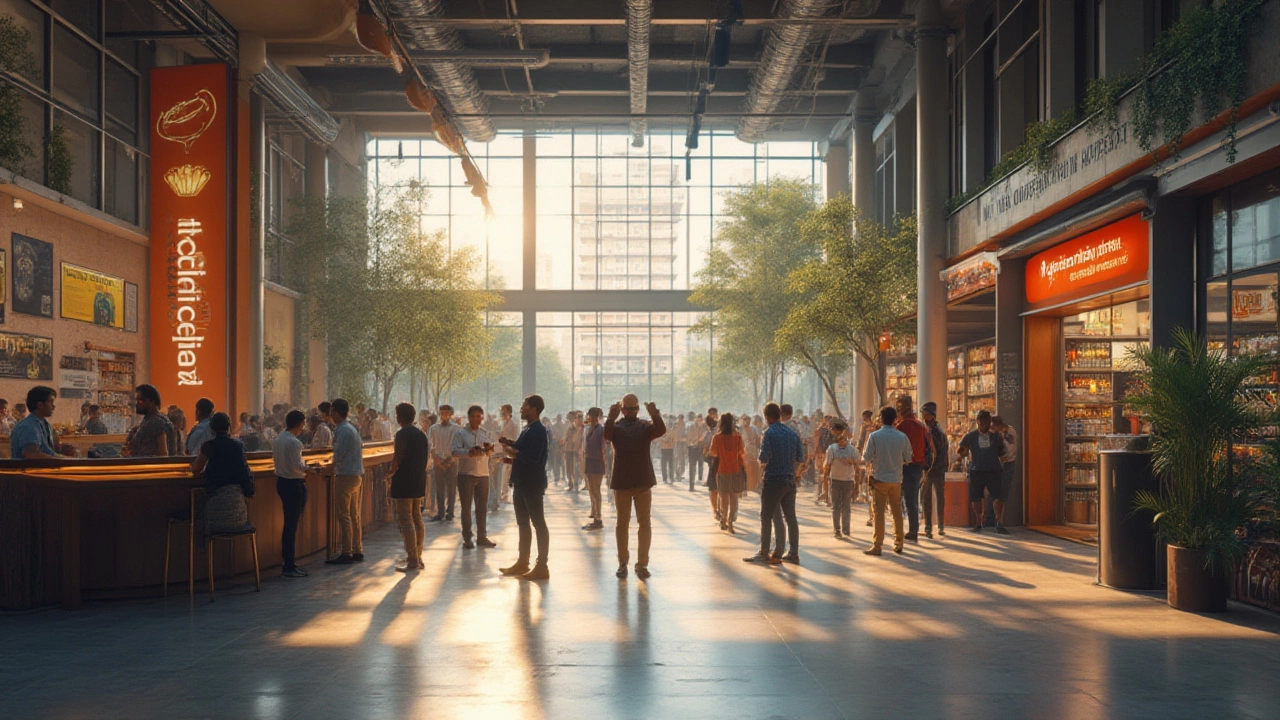
Legal and Financial Aspects of Commercial Projects
Stepping into the world of commercial projects without grasping the legal and financial landscape is like hiking into a rainforest blindfolded—sooner or later, you'll trip on something nasty. On the legal side, every commercial project starts with site due diligence. This means digging into land titles, zoning laws, environmental assessments, and historical building codes. For instance, if you're retrofitting a 100-year-old theater, you'll need permits not just for construction, but for landmark preservation and perhaps even neighborhood noise ordinances.
The dollars and cents side gets even trickier. Unlike most home builds, commercial projects demand significant upfront investment and complex funding sources. A 2024 survey by JLL found that more than 70% of new office building budgets are pieced together from a cocktail of commercial loans, private equity, and sometimes, government grants for economically vital projects—think hospitals or low-income housing. Most projects are governed by contracts that spell out scope, deadlines, penalties for delay, and sometimes hefty performance bonds to guarantee delivery. All parties involved, from the owner and architect to sub-contractors, are locked into detailed agreements meant to protect both sides. Insurance requirements skyrocket as the potential risk (and expense) grows—policies for worker injuries, property damage, environmental accidents, and even unexpected design flaws.
No surprise, the paperwork can stack up to a mountain. A mid-sized retail development might require dozens of permits—building, HVAC, plumbing, electrical, accessibility, signage, exterior lighting, and more. Add to that the overlay of federal, state, and local laws. Want to open a cannabis dispensary in states that permit it? Security, compliance, and taxation add layers of red tape. If you're building a hospital, healthcare laws on privacy, network security, and infection control can dictate structural design choices. Even something as simple as a storefront renovation might need community board approvals, especially in historic districts. Bottom line: anyone launching a commercial project should budget extra time and money for the legal maze ahead. Pro tip? Assemble a team of pros—architect, lawyer, engineer, accountant—before swinging that first hammer.
The Lifecycle of a Commercial Project
Every commercial project—big or small—follows a life cycle that’s a lot like raising a kid. There’s the heady excitement of new ideas, then the headaches of paperwork, planning, and, eventually, the birth of something concrete. Phase one is concept and design. Stakeholders brainstorm the purpose of the building, sketch ideas, and run economic analyses to judge feasibility. Next comes the pre-construction phase, including design finalization, regulatory approval, asset assembly, and all that legal wrangling from the last section. On average, a large office project might spend 12 to 18 months—or more—in pre-construction, long before shovels hit the dirt.
The build phase is where the action happens. Here, heavy machinery roars in, foundations are poured, and walls shoot up. According to the U.S. Bureau of Labor Statistics, the average commercial office build (from groundbreaking to ribbon cutting) now takes 18 to 36 months. But timelines can stretch even further for megaprojects like stadiums or hospitals. This phase isn't just about structure: concurrent work on mechanical systems, information technology, and energy efficiency is critical. Weather, labor shortages, and supply chain hiccups can knock schedules off course, as seen during the building-material crunch of 2021–2023. Toward the end, the final flurry: inspections and occupancy certificates close the circle, letting owners finally move in or start up operations.
But it’s not done yet. Maintenance and operations are woven into the fabric of every commercial project, often guaranteed by warranties or service agreements. Smart owners plan for routine upgrades—lighting, HVAC, security systems, energy retrofits—years in advance. Over the life of the building, operating expenses can outstrip initial construction costs. According to IFMA (International Facility Management Association), almost 60% of a commercial asset's lifetime expense comes after the doors open, mostly on repairs, cleaning, utilities, and system upgrades. Owners who skip on planning for these can quickly see an investment turn sour. So, savvy builders budget for five, ten, even twenty years out, not just for move-in day.
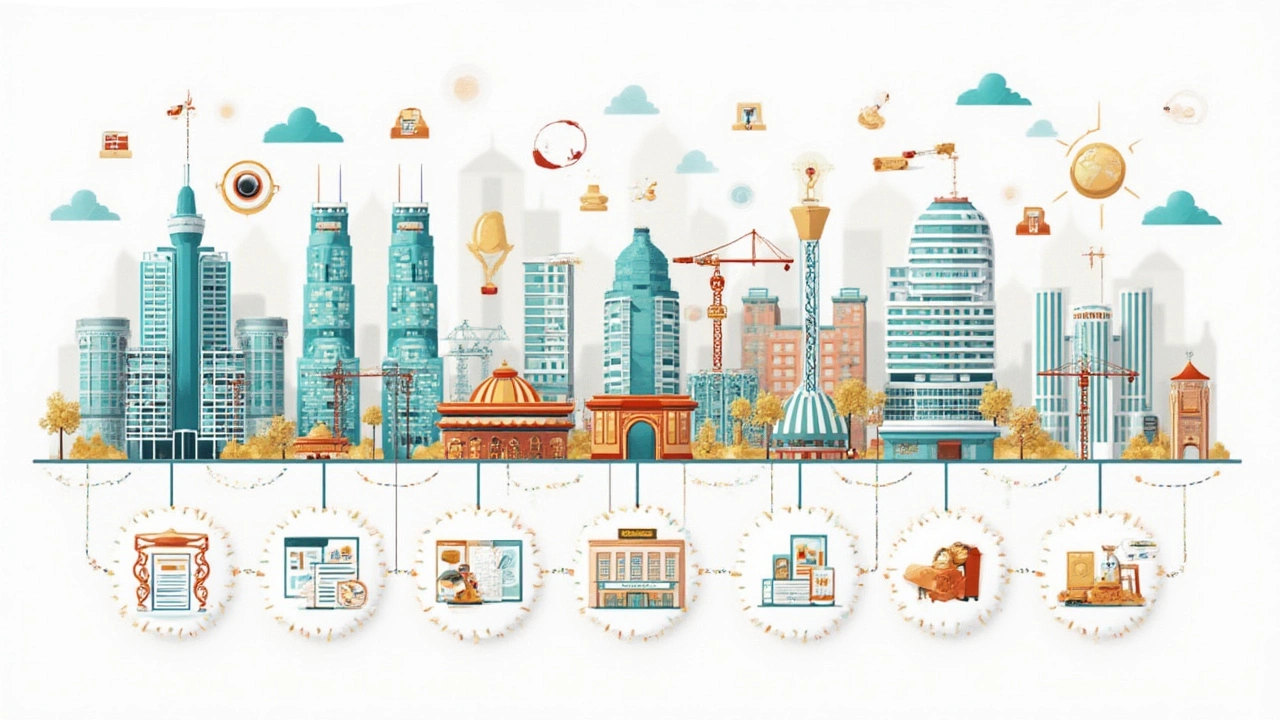
Tips for Launching or Managing a Commercial Project
If you’re considering dipping your toes (or your savings) into a commercial project, whether as an owner, investor, or manager, there’s no end to the practical tips floating around. But here’s where the real rubber meets the road—and what I would tell Aurelia or anyone hungry for real insight. First, do your homework on local regulations: what’s allowed, what’s not, and which neighborhood groups or city officials have the power to help or hinder your dream. Urban areas, for example, might restrict building heights or require public art, while rural zones focus more on land use and pollution controls.
Second, line up your financing ahead of the game. Commercial lenders usually require much more detail—think full architectural drawings, robust business plans, and even environmental impact statements—before granting loans. Having a strong relationship with a local banker or credit union can make a world of difference, especially if surprises pop up. Third, choose your partners well. The right construction company, project manager, and legal team are worth their weight in gold. This isn’t the place to cut corners with uncle's brother's nephew moonlighting as an electrician. Reputation—and rock-solid references—matter when millions are on the line.
Next up: clear communication. Set expectations, hold regular meetings, and document everything. A study by the Construction Industry Institute found that projects with frequent status check-ins finish on time 30% more often than those where everyone 'wings it.' Technology helps—platforms like Procore or Buildertrend now streamline everything from document sharing to live scheduling and budgeting even for mid-sized projects. Finally, expect the unexpected. Build a contingency fund (5–10% of your budget is standard) for the little surprises—think unmarked utility lines or rare weather events. Stay curious, keep learning, and never assume that one commercial project will be the same as the next. They're as unique as fingerprints, each with its own puzzles and possibilities.
| Commercial Project Type | Average Duration (months) | Typical Cost Range (USD) |
|---|---|---|
| Small Retail Store | 8–12 | $500,000–$1.5M |
| Supermarket | 12–20 | $1.5M–$6M |
| Small Office Building | 15–30 | $2M–$15M |
| Hotel (100 rooms) | 20–36 | $8M–$25M |
| Warehouse | 10–18 | $2M–$20M |
So, whether you’re eyeing a new pizza shop or a shimmering high-rise, just remember: commercial projects are never just about bricks and money. They shape the way we experience our towns, cities, and neighborhoods—growth, commerce, and everyday life. And once you know what makes something a commercial project, the skyline looks a little different. You spot the stories, not just the steel.
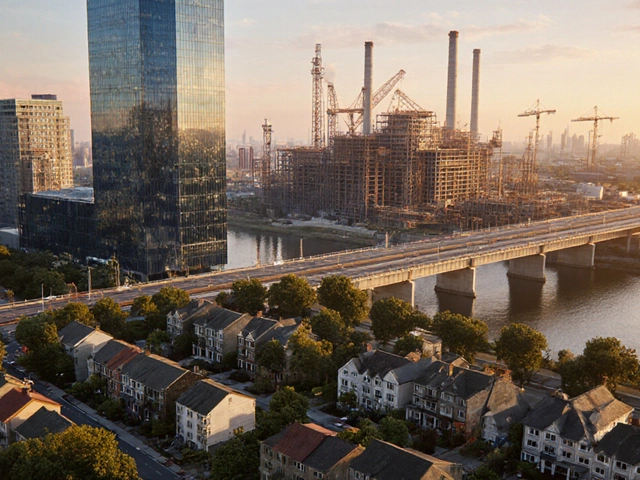
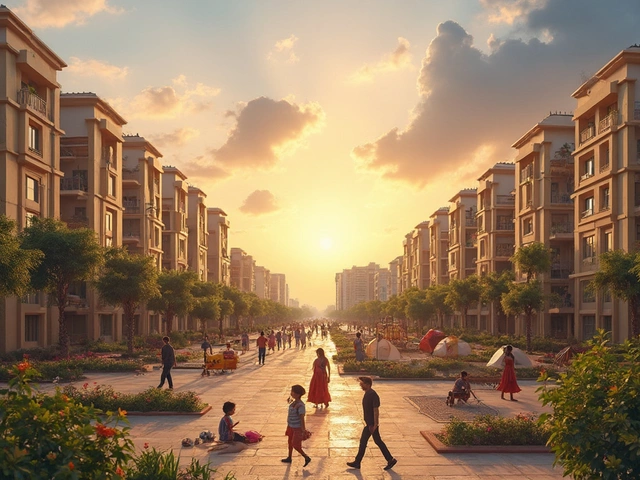
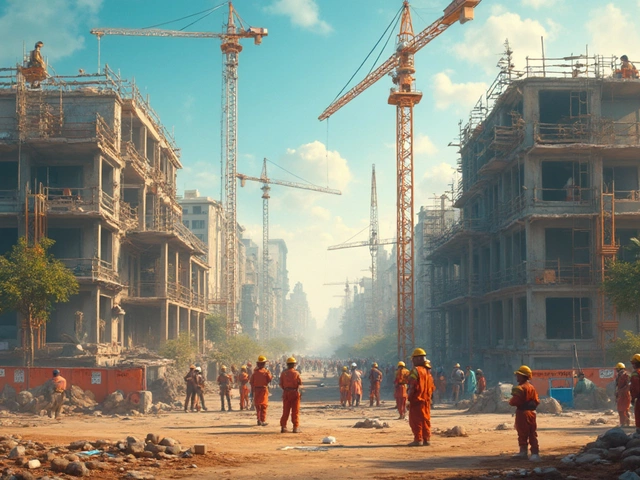
Write a comment